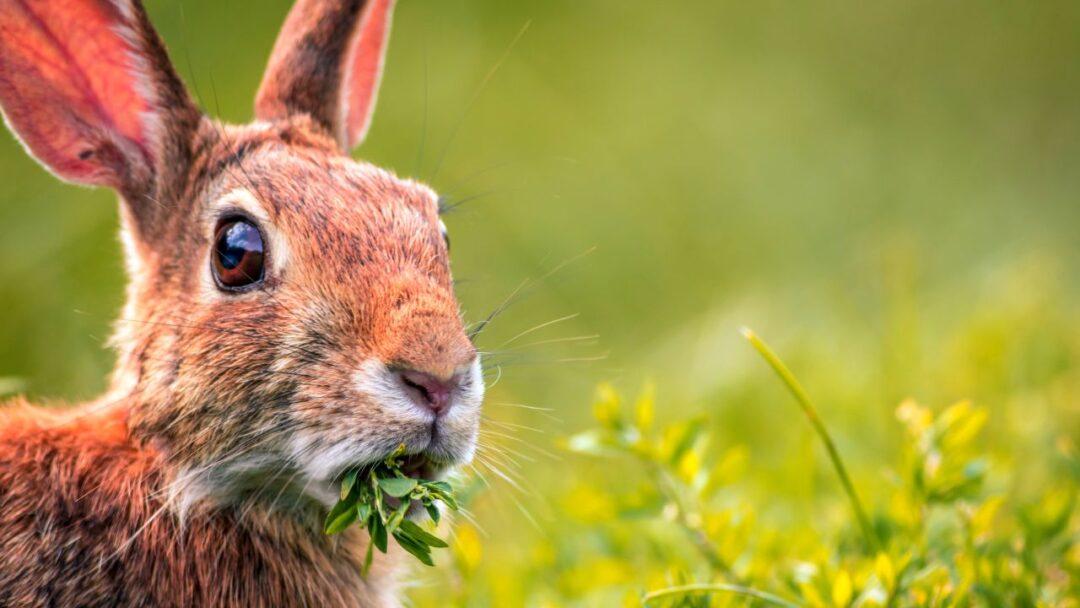Table of Contents

Introduction
An emblematic animal of Australia, the Platypus is distinguished by both its distinct appearance and behavior. Scientists have been baffled by these remarkable organisms for years. In this post, we’ll look at ten fascinating facts about platypuses, including some enigmatic information, urban legends, and the animals’ ecological significance.
10 Interesting Facts About Platypuses
- The platypus is one of only five species of monotremes: Monotremes are a group of mammals that lay eggs instead of giving birth to live young. The platypus is one of only five known species of monotremes in the world.
- Platypuses have a unique appearance: Platypuses are known for their unusual appearance, which includes a duck-like bill, webbed feet, and a furry body. Their fur is waterproof, which helps them to stay warm and dry while swimming.
- Platypuses are excellent swimmers: Platypuses spend most of their time in the water and are excellent swimmers. They can hold their breath for up to two minutes and use their webbed feet and tail to propel themselves through the water.
- Platypuses are carnivorous: Despite their cute and cuddly appearance, platypuses are carnivorous and feed on a variety of prey, including insects, crustaceans, and small fish.
- Platypuses have a unique way of finding prey: Platypuses use electroreception to find prey. They have special receptors in their bill that can detect the electrical signals produced by the muscles of their prey.
- Platypuses are nocturnal: Platypuses are most active at night and spend most of the day sleeping in burrows near the water.
- Platypuses are solitary animals: Platypuses are solitary animals and only come together to mate. After mating, the female platypus lays eggs and raises the young on her own.
- Platypuses are found only in Australia: Platypuses are endemic to Australia and can be found in eastern Australia and Tasmania.
- Platypuses have venomous spurs: Male platypuses have venomous spurs on their hind legs, which they use to defend themselves against predators and other males during mating season.
- Platypuses are important indicators of ecosystem health: Platypuses are considered to be an important indicator of ecosystem health because they are sensitive to changes in water quality and habitat.
Mysterious Facts and Myths
Platypuses have long been associated with myths and mysteries. Here are some interesting facts and myths about platypuses:
- Platypuses were once believed to be a hoax: When the platypus was first discovered by European explorers, many people believed that it was a hoax. The platypus’s unusual appearance and behavior were so strange that people thought it couldn’t possibly be real.
- Platypuses were once hunted for their fur: Platypuses were once hunted for their waterproof fur, which was used to make hats and coats.
- Platypuses were once called “water moles”: Before they were officially named “platypuses”, these animals were known as “water moles” because of their mole-like appearance and their love of water.
Important to Ecosystem
The environment benefits greatly from the presence of platypuses. They aid in regulating the numbers of their prey species and serve as a crucial eco-health indicator. They also contribute to keeping the ecosystem in balance by using grazing to regulate plant growth.
What is a platypus?
The platypus is a unique mammal native to Australia. It is known for its peculiar appearance, featuring a duck-like bill, webbed feet, and a beaver-like tail.
Are platypuses real animals?
Yes, platypuses are real animals. They are not mythical creatures or hybrids but rather a fascinating species of monotreme, which are egg-laying mammals.
Do platypuses lay eggs?
Yes, platypuses are one of the few mammals that lay eggs. The females lay leathery eggs, similar to reptiles, and then incubate them until they hatch.
Can platypuses fly?
No, platypuses cannot fly. Despite having webbed feet, they are excellent swimmers but do not possess any adaptations for flight.
What do platypuses eat?
Platypuses are carnivorous and primarily feed on small invertebrates such as insects, worms, and crustaceans. They use their sensitive bills to detect prey in the water.
Do platypuses produce venom?
Yes, male platypuses have venomous spurs on their hind legs. Although not fatal to humans, their venom can cause severe pain and swelling.
Where do platypuses live?
Platypuses inhabit freshwater ecosystems in eastern Australia, including rivers, streams, and lakes. They build burrows along the banks for shelter.
How long can platypuses stay underwater?
Platypuses can hold their breath and stay submerged for approximately 2 to 3 minutes. They have the ability to close their eyes, ears, and nostrils to prevent water entry.
Are platypuses endangered?
The platypus population is currently facing threats such as habitat loss, pollution, and climate change. While not officially classified as endangered, their conservation status is a concern.
Can platypuses make any sounds?
Yes, platypuses can produce a range of vocalizations. They communicate using grunts, growls, and high-pitched calls, especially during mating season.
Conclusion
Platypuses are intriguing creatures with a distinctive set of traits. They have a distinctive method of finding prey, are superb swimmers, and are carnivorous. Platypuses are significant eco-health indicators, and their fur was historically highly sought. By grazing, platypuses help to regulate the growth of plants. Platypuses are a crucial component of the Australian ecology and continue to awe people all over the world despite being shrouded in legends and mystery.
10 Interesting Facts About Hippo: NEXT POST



